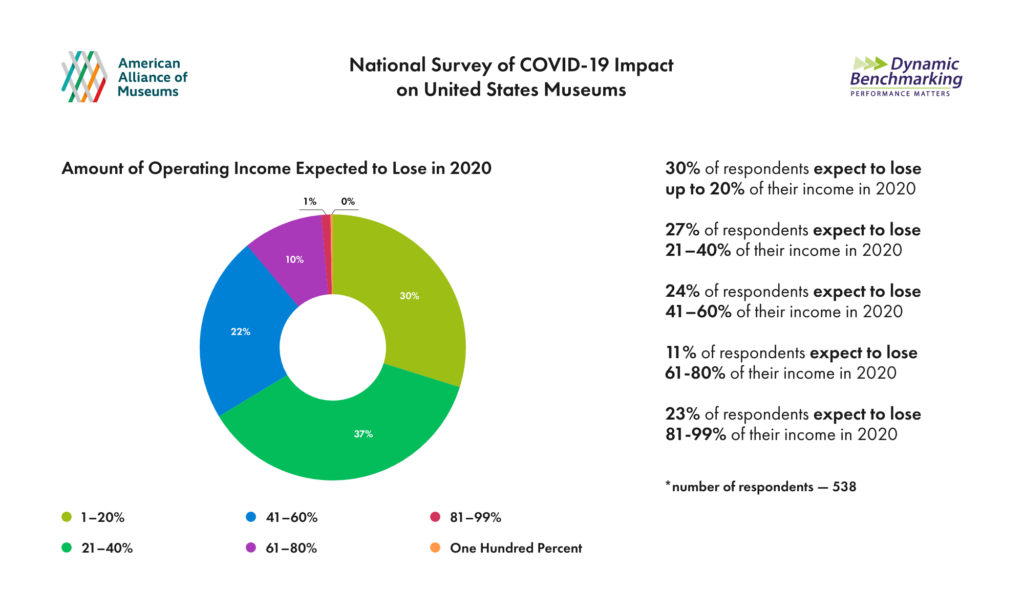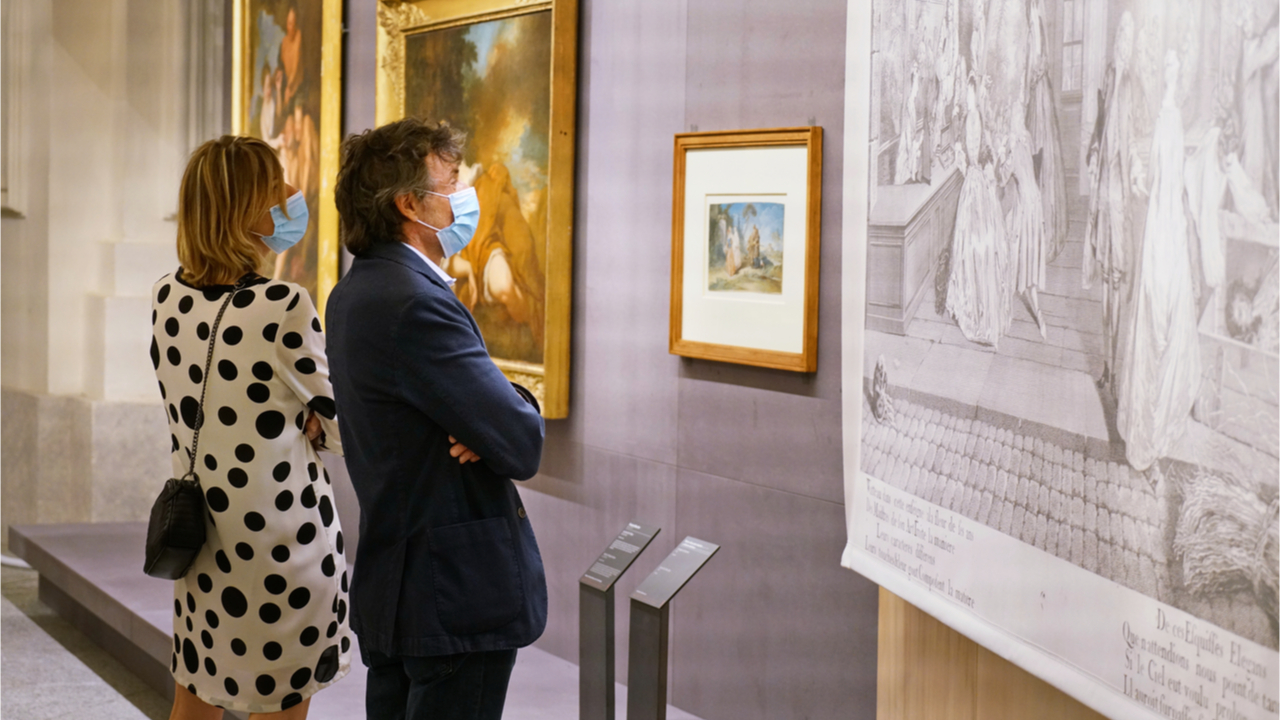When it comes to assessing the transformation of museums in 2020, Michael Conforti has a wealth of experiences to reflect upon. This includes early curatorial positions in San Francisco and Minneapolis, guiding the Clark Art Institute for two decades, and chairing the Association of Art Museum Directors. But it’s the graduate students in his “Museums: History and Practice” seminar at Williams College, Conforti says, who offer the most concrete understanding of the direction American museums are headed.
The seminar assesses the future of museums, with students sharing experiences from junior museum positions — experiences that shape discussion and exploration. It’s a blessing, Conforti jokes, given the younger generation is ill-inclined to believe anything he has to say. The digital revolution taking place inside museums is a central theme, as is the changing nature of museum partnerships, a subject Conforti addressed in a speech at Museum 2050, an annual symposium elevating key questions in the culture sector.
As Conforti readily admits, in the COVID-19 era, it’s unfashionable to discuss large-scale museum partnerships — the type that has produced blockbuster international exhibitions since the 1970s. And yet, having witnessed a museum-building boom over the past 40 years that’s been undertaken in part to accommodate ambitious exhibitions, and given the global nature of American museum collections themselves, Conforti envisages international partnerships returning over the coming decade.
Here’s how Conforti is reflecting on the state of museums on the cusp of 2021:
Comparing the financial crash with COVID-19
Conforti led the Association of Art Museum Directors from 2008 to 2010, a period of severe economic hardship for American cultural institutions. The challenges and impacts a decade ago, he notes, were somewhat opposite: large institutions reliant on endowments were struggling, while those dependent on visitor spending were less directly impacted. “Endowments were hit, but audiences were not gone and institutions didn’t know when they would escape financial stress.” Today’s broader social environment, however, “is more challenging, considering the value shift of institutions and the greater consciousness that museum rhetoric must marry museum activity.”

In a survey conducted by the American Alliance of Museums, more than 20 percent of the respondents expected to lose more than 80 percent of their operating income in 2020. Source: American Alliance of Museums.
The role of education in museums
During his directorship of the Clark Art Institute, public outreach programs expanded significantly with award-winning programs serving thousands of young people, families, and underserved communities. With the educational function of museums receiving new critical attention in 2020, Confori anticipates a gradual shift in how organizations engage audiences. “Museums [in America] have always been socially engaged and education-focused, but in the future, [education] is not going to be top-down; we will bring you in and have a dialogue instead.”
The return of large-scale exhibitions
The financial and logistical constraints brought about by COVID-19 are forcing many museums to look inward in 2021 with many planning archive exhibitions and connecting more deeply with local communities. While this makes sense in the short-term, Conforti believes the transformation of museums into event-based organizations over the past 50 years and the falling cost of shipping art around the world will lead to the return of large-scale exhibitions. “Audiences will want to see something other than the permanent collection reformed and the experience of thematic shows and monographic shows will see us come back to the idea of large-scale exhibitions.”
The future of Chinese-American cultural partnerships
In 2013, the Clark Art Institute sent “Barbizon Through Impressionism,” an exhibition of more than 70 works from its collection, to the Shanghai Museum, building off a relationship developed five years earlier. The partnership was emblematic of many U.S.-China cultural collaborations fostered as China’s museum sector has matured — one Conforti worries might now be politically challenging. “There has been great success working with China culturally over the past twenty years. One would hope culture is above politics, but time will tell.” The key, Conforti says, “will be individual institutions experimenting with the support of a boards of trustees willing to take a chance. It’s possible, but not easily realizable.”



